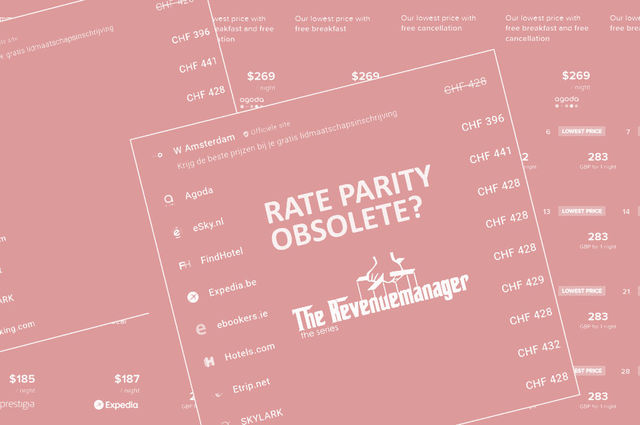Is Rate Parity Obsolete?
16 experts shared their view
The discussion around the pros and cons of rate parity has been around for almost a decade now. Regulations on the issue are, at best, patchy, with some countries where RP clauses are strictly prohibited (such as France, Austria, Italy, and Belgium), partially prohibited (Germany and Sweden), announced (Switzerland), or still unregulated (US and Latin America). With lower volumes of booking coming from OTAs during the pandemic, moreover, the debate about rate parity became even more heated: some properties decided to work in wide rate parity to avoid OTAs' dimming and improve their online visibility at the expenses of direct revenue, while other ones preferred to openly break rate parity on their top-performing channels. Both the OTAs and major hotel brands complicated the issue even further when they began offering out of parity “member only” rates, hidden behind an easily obtained loyalty program password. With so many different approaches and fragmented regulations, how should hotels deal with rate parity, especially after the whole industry has been severely hit by COVID-19?
Fenced rate parity is getting too little attention in this discussion. While a lot of effort is made to ensure public rate parity, hotels are handing out member or loyalty discounts left and right to programs such as Expedia Rewards or Booking.com Genius. There is a false sense of security among hotels since these member rates are 'fenced' and only goes out to the most loyal customer groups, when in fact bookers are able to unlock member discounts and become a silver tier member the first time they book. The ease of access to these rates has also lead to an explosion of volume in last years and it is not uncommon that every second booking from the OTA is a member booking for hotels that participate. Not only do hotels that don't focus on fenced rate parity risk a significant direct booking leakage but there is also an enormous (hidden) cost of discounting at play.



